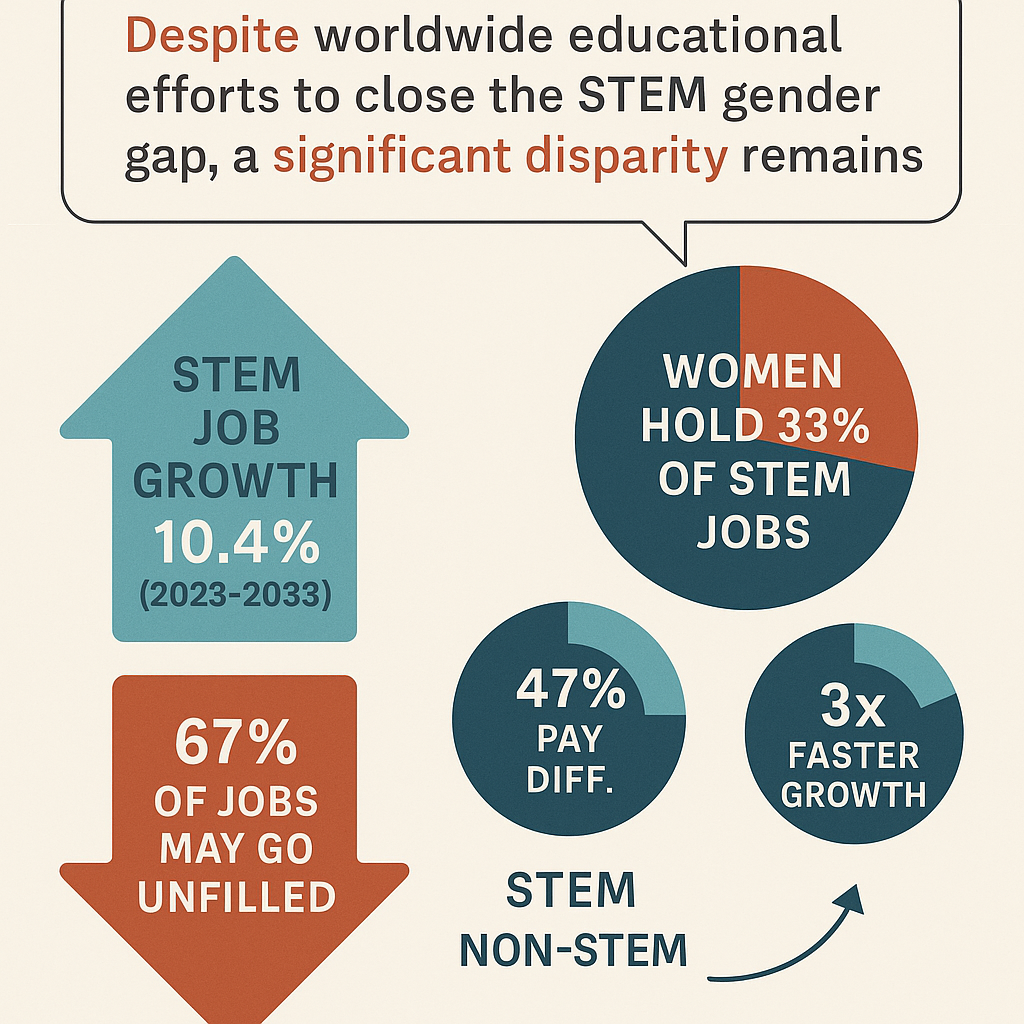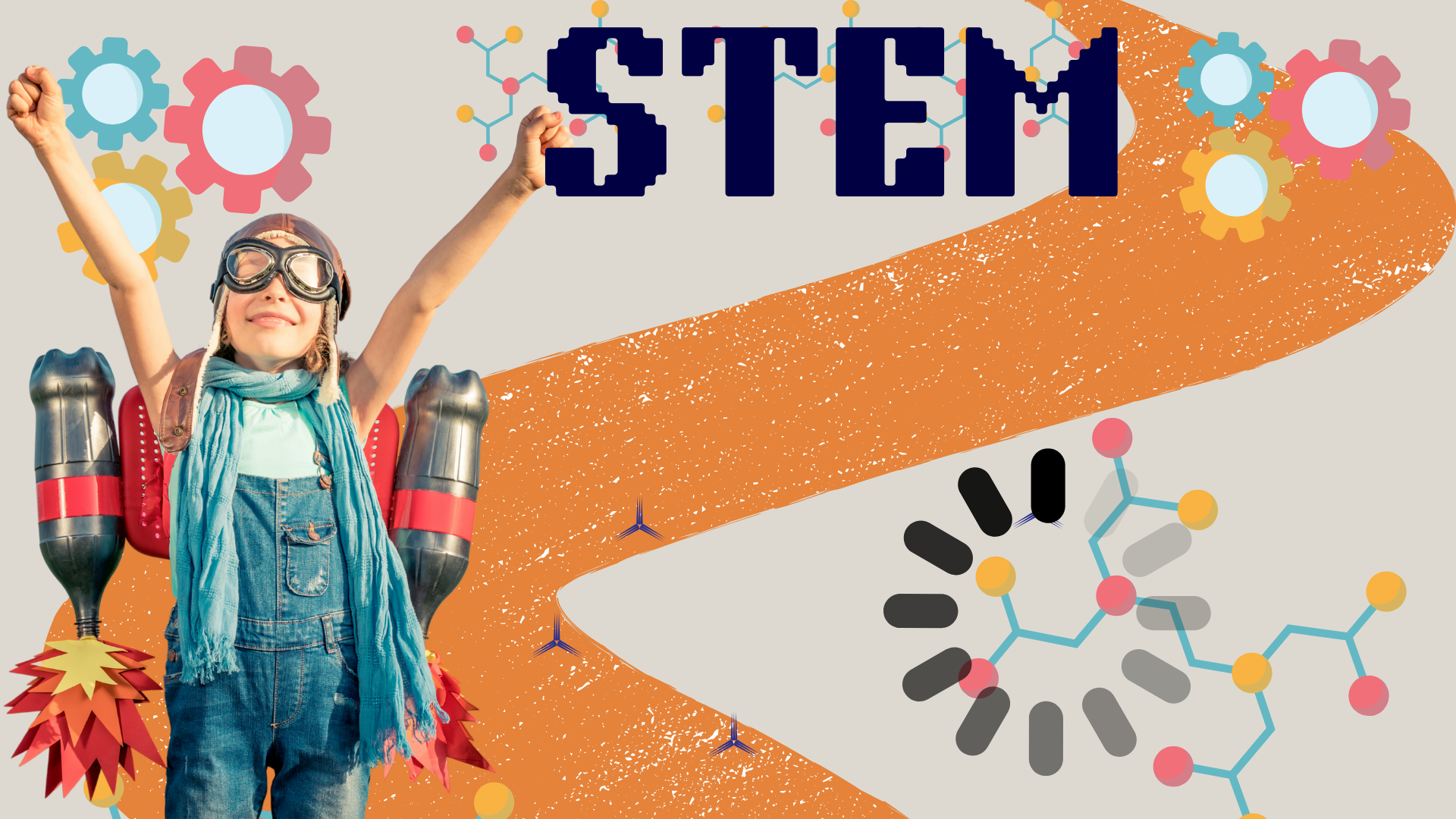 It’s no longer a question of IF we’re going to prepare our children for a future with STEM (Science, Technology, Engineering, Mathematics) but HOW we’re going to prepare our children for their future with STEM. STEM is becoming and soon will be a part of our everyday lives.
It’s no longer a question of IF we’re going to prepare our children for a future with STEM (Science, Technology, Engineering, Mathematics) but HOW we’re going to prepare our children for their future with STEM. STEM is becoming and soon will be a part of our everyday lives.
In a recent study, STEM jobs are projected to grow 10.4% between 2023 and 2033, almost 3x faster than non-STEM jobs. STEM jobs pay more than 47% than non-STEM jobs. It is also predicted that two-thirds of the jobs may go unfilled due to a skills gap.
One of the missions of FasTracKids is to help prepare children for their future. When a child is in early childhood, we don’t know whether that child is going to be an engineer or a musician or a computer programmer. What we do know is that if we give children an opportunity to participate in different fields of study AND give them a strong foundation in key learning skills – critical thinking, creativity, collaboration, communication and confidence – they have a strong base for their future.
We give our students hands-on opportunities to work in STEM fields as early as age two. Our Kids will conduct experiments on buoyancy in Natural Science, build special-purpose robots in Robotics and understand what a Marine Biologist does in Careers. The more exposure children can have to different fields of study and work at a young age, the more options they have for their future.
One foundation of FasTracKids programs is built on the knowledge that we all have different learning styles, regardless of the content. Based on Howard Gardner’s theory of multiple intelligence, some of us are bodily-kinesthetic learners – meaning we learn best if we’re doing something physical – or verbal linguistic learners – meaning we learn best if we’re talking through a problem – or visual-spatial learners – meaning we learn best if we can diagram a possible solution. These preferences apply to all types of content – art, engineering, mathematics, or reading. And that’s why FasTracKids developed the FasTrack® Learning Potential Assessment. Our indicator lets parents and teachers know a child’s preferred styles of learning so we can tailor better our style of teaching.
Over the past decade or so, worldwide educational systems have focused on preparing children in the STEM subjects, especially young girls in order to narrow the gap. We’re making progress, yet women still only hold about one-third of the STEM jobs. In a study of more than 70,000 high-school students In Greece that was published in the Journal of Human Resources in 2024, girls on average out-performed boys in both STEM and non-STEM subjects but rarely pursued STEM in college. Some of the reasons given for the disparity are lack of work-life balance in STEM fields, lack of role models and mentors and lack of a work culture that blends collaboration and relationships with the work content.
FasTracKids will continue to focus on preparing our Kids for their future through exposure to a variety of content, the application and transfer of knowledge, and a mixed teaching methodology that incorporates multiple learning preferences.
We can allow our children to develop all the skills for success, but unless there are changes in the STEM work environment and the views of leadership in the tech world, the small gains in STEM fields for women will probably remain minimal.

